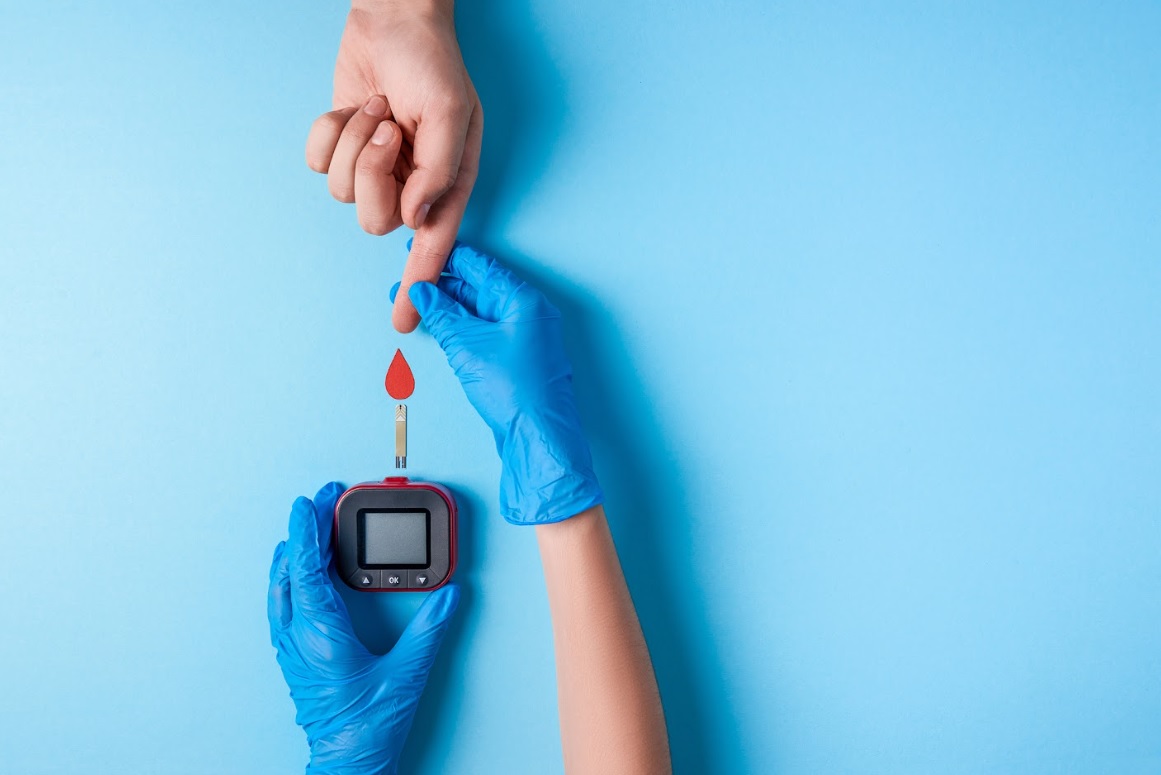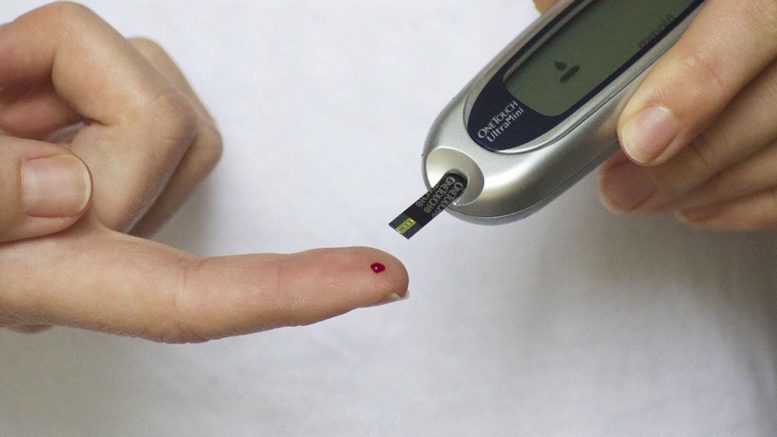Managing diabetes can be a challenging task, but with the help of technology, it’s become much easier. One of the most popular diabetes technologies is a continuous glucose monitor (CGM). A CGM tracks your blood glucose levels continuously, giving you real-time data that helps you manage your diabetes more effectively.
If you’re considering self-starting a CGM, here are three tips that will help you get the most out of this technology.
Tip 1: Know Your Options
Before you start using a CGM, it’s essential to know your options. There are several types of CGMs available in the market, and each has its unique features and benefits. Some CGMs require a prescription, while others are available over-the-counter.
Prescription CGMs are typically more expensive than over-the-counter options. However, they offer more advanced features like alarms, customizable alerts, and remote monitoring.
Over-the-counter CGMs, on the other hand, are more affordable but may not offer the same level of accuracy and customization as prescription CGMs. They also don’t have remote monitoring capabilities, which may be a disadvantage if you need to share your data with your healthcare provider.
Regardless of the type of CGM you choose, make sure you read the user manual and understand how to use it correctly. If you have any questions or concerns, reach out to your healthcare provider for guidance.
Tip 2: Use the Data to Your Advantage
The primary benefit of using a CGM is that it provides you with real-time data on your blood glucose levels. This data can help you make more informed decisions about your diabetes management.
For instance, you can use the data to:
- Identify trends: CGM data can show you when your blood glucose levels are rising or falling. This information can help you adjust your insulin dosage or make changes to your diet and exercise routine.
- Avoid hypo- and hyperglycemia: CGMs can alert you when your blood glucose levels are too low or too high. This feature can help you avoid dangerous complications like diabetic ketoacidosis or severe hypoglycemia.
- Monitor the impact of lifestyle changes: If you’re trying to make changes to your lifestyle, such as exercising more or changing your diet, CGM data can help you track the impact of these changes on your blood glucose levels.
It’s important to use the CGM data to your advantage and make adjustments to your diabetes management accordingly. If you’re unsure how to use the data effectively, ask your healthcare provider for guidance.
Tip 3: Keep the Sensor Site Clean and Dry
CGM sensors are attached to your skin and remain in place for several days. To get accurate readings, it’s essential to keep the sensor site clean and dry.
Here are some tips for keeping your sensor site clean and dry:
- Clean the site before applying the sensor: Use soap and water to clean the area where you plan to attach the sensor. Make sure the area is dry before applying the sensor.
- Avoid using lotions or creams: Lotions and creams can interfere with the adhesive on the sensor and cause it to detach from your skin prematurely.
- Use a barrier spray or patch: If you’re having trouble keeping the sensor in place, you can use a barrier spray or patch to help it stick.
- Avoid swimming or showering: Water can cause the sensor to detach from your skin, so it’s best to avoid swimming or showering while wearing the sensor.
If you notice any signs of infection or irritation at the sensor site, such as redness or swelling, contact your healthcare provider immediately.
Using a continuous glucose monitor can be a game-changer for managing diabetes. It provides real-time data that can help you make more informed decisions about your diabetes management, but it’s essential to use the technology correctly. By knowing your options, using the data to your advantage, and keeping the sensor site clean and dry, you can get the most out of your CGM and improve your diabetes management.

Questions and Answers
In addition to these tips, there are some other things you should know about monitoring glucose levels. Here are some frequently asked questions about CGMs:
Q: How often do I need to calibrate my CGM?
A: The calibration frequency depends on the type of CGM you’re using. Some CGMs require calibration once a day, while others require calibration every 12 hours. Refer to the user manual or ask your healthcare provider for guidance.
Q: How accurate are CGMs?
A: CGMs are generally accurate, but they may not always match your blood glucose meter readings. Factors like hydration levels, exercise, and medications can affect CGM accuracy. However, CGMs are still a valuable tool for monitoring blood glucose trends.
Q: Can I wear a CGM while exercising?
A: Yes, you can wear a CGM while exercising. CGMs are designed to stay in place during physical activity. However, you may need to take extra precautions to keep the sensor site clean and dry, especially if you sweat heavily.
Q: Can I use a CGM while pregnant?
A: CGMs are safe to use during pregnancy, and they can help you manage gestational diabetes. However, you should consult with your healthcare provider before using a CGM during pregnancy.
Conclusion
A continuous glucose monitor can be a valuable tool for managing diabetes, but it’s essential to use it correctly. By knowing your options, using the data to your advantage, and keeping the sensor site clean and dry, you can get the most out of your CGM and improve your diabetes management. If you have any questions or concerns about using a CGM, talk to your healthcare provider for guidance.
